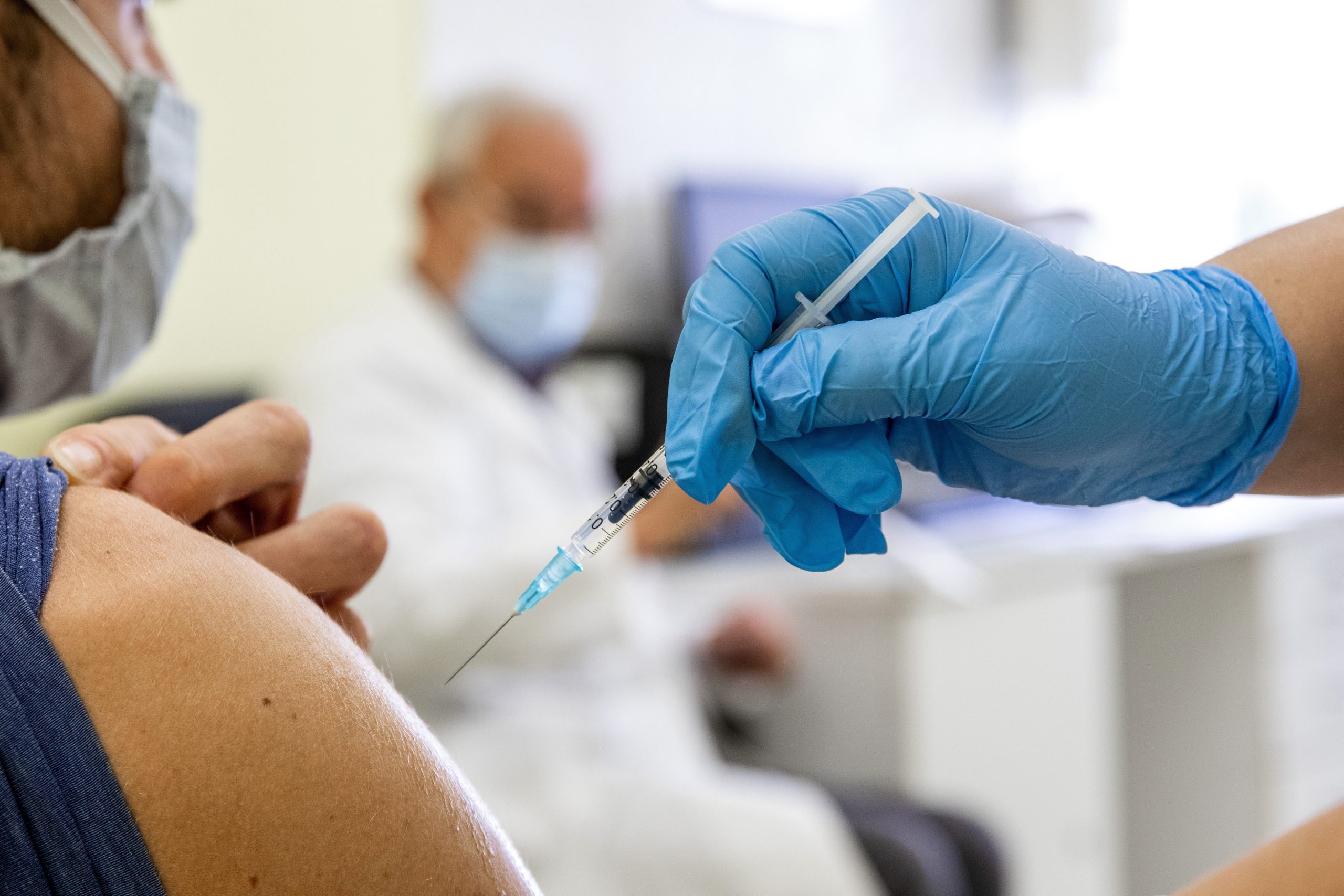
The instructions cannot contain such provisions," the press officer of the Parliament reacted to press reports according to which the deputies are obliged to be vaccinated.Continue reading

How well do vaccines protect against infection or serious, fatal complications during a coronavirus outbreak? – Beatrix Oroszi, a member of the Epidemiological Modeling and Epidemiology Project Team, which advises the Ministry of Innovation and Technology and therefore the government, discussed this question recently.
In order to answer the question,
The effectiveness of the vaccination was 80-90% from June onwards, declining after this time but data was not very reliable during the summer because of the low number of cases. The third vaccination increased the effectiveness again, although only one-sixth of the population had received a booster vaccine.
Beatrix Oroszi also pointed out how socially damaging it is to publish data on the effectiveness of vaccines without interpretation, as happened on Wednesday evening, on which we have also reported.
There is a table showing that half of the registered cases are vaccinated, half are not vaccinated. Those who don’t understand it say that vaccination doesn’t protect. But we know that the unvaccinated are half as many as the vaccinated,”
said Oroszi.
“If you have the same number of cases from a group half the size (of those unvaccinated), that’s twice the risk at baseline. Please explain to everyone that fifty-fifty means the unvaccinated have twice the risk of being covid infected. Apart from vaccination, there is no other tool that can reduce the risk by 50 percent, but it is also true that this is not enough. We need to help in other ways, such as masks or by keeping our distance.”
Unvaccinated people have five times the risk of dying from Covid-19,”
Oroszi added.
According to international studies presented by Oroszi, people who had the disease 3-6 months earlier and were not vaccinated were 5.5 times more likely to be hospitalized for Covid-19 than those who had received two Pfizer vaccinations. Natural immunity is particularly unreliable after the emergence of the delta variant, where the odds difference is 7.5-fold and 20-fold for people over 60 years of age compared to unvaccinated people.
There is currently no scientific evidence on the extent to which vaccination prevents transmission of the infection.
Oroszi said that the vaccinated have not reduced their number of encounters. She said that those who are vaccinated think that “they are protected by the vaccine. They are, but not 100 percent.”
Even if we put on the mask, the effect of the mask will not show up on the epidemic curve for at least 2-3 weeks. That’s why it’s important to take all measures in time and not start putting out fires when you’re already at the peak.”
Oroszi says that making it compulsory to wear a mask now could definitely help the epidemic to subside.
In terms of mortality, the fourth wave will also be severe, but perhaps less severe than the second one.
The spatial distribution of cases is uneven in Hungary: some are already at the peak of the epidemic, while others are only just beginning to prepare for the worst.
Source: Telex
Featured image via Tibor Rosta/MTI